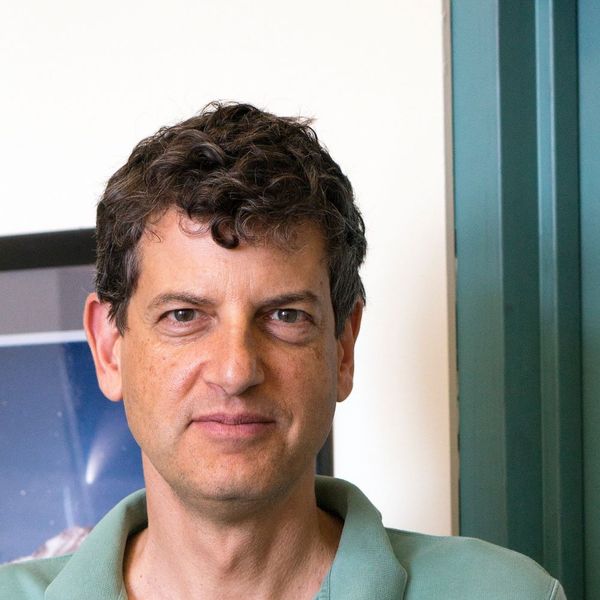
Professor; Associate Director, Center for Space Physics
Research Interests: Computational and theoretical space plasma physics; dynamics of the ionosphere and solar atmosphere; particle-wave interactions in plasmas; physics of meteor trails.
Professor Oppenheim studies space plasma physics using supercomputer simulations, theory, and data. He works on a range of topics, including ionospheric and solar collisional plasmas, particle-wave interactions, and the physics of meteor trails. He leads a NASA funded collaboration that works to incorporate the important effects of ionospheric turbulence into planetary scale simulations of the coupled magnetosphere, ionosphere and atmosphere. He has also been trying to model wave heating of the solar chromosphere. Another NSF funded project is to model the effects of UV photoelectrons on the ionosphere and their observational consequences. Improving our understanding of these systems enables us to better characterize energy flows in the upper atmosphere and Sun.
For the last 15 years, Dr. Oppenheim has been studying the physics of meteors. Every day, many tons of material hits the Earth’s atmosphere moving faster than 11km/s, mostly in the form of particles smaller than a grain of sand. While larger particles create visible meteors, the more common small ones appear only on radar screens. These particles tell us about the distribution of small particle both within and outside our solar system, Further, they add metals and dust to our upper atmosphere modifying atmospheric chemistry and create a threat to spacecraft. We are developing theories of meteor evolution from their ablation through their turbulent diffusion into the atmosphere and using these theories to study meteoroids and the atmosphere.